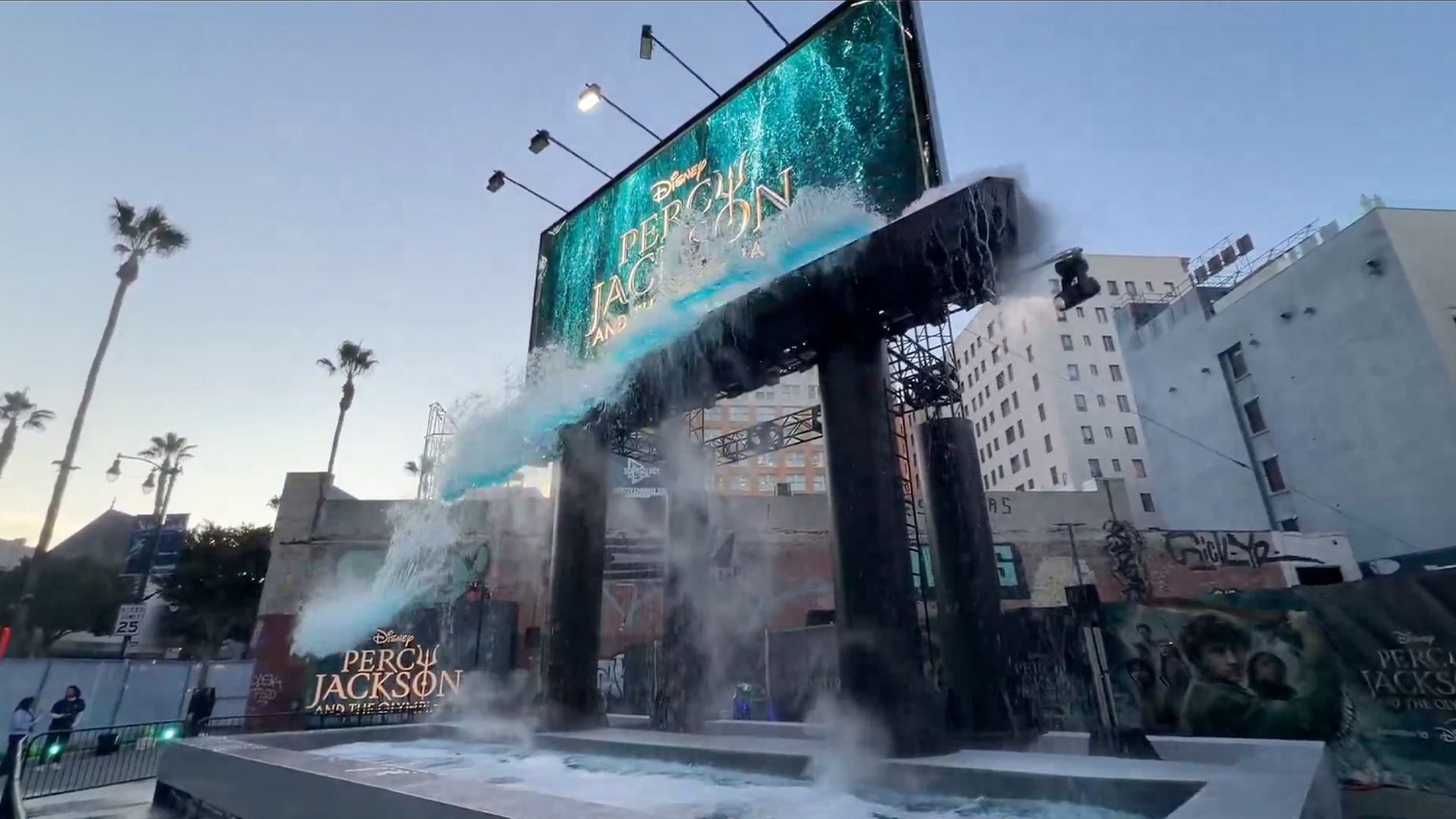The best acrylic paintbrushes, fully tested by a pro artist
These are the best acrylic paintbrushes for your artwork, whether you're a beginner or a professional.
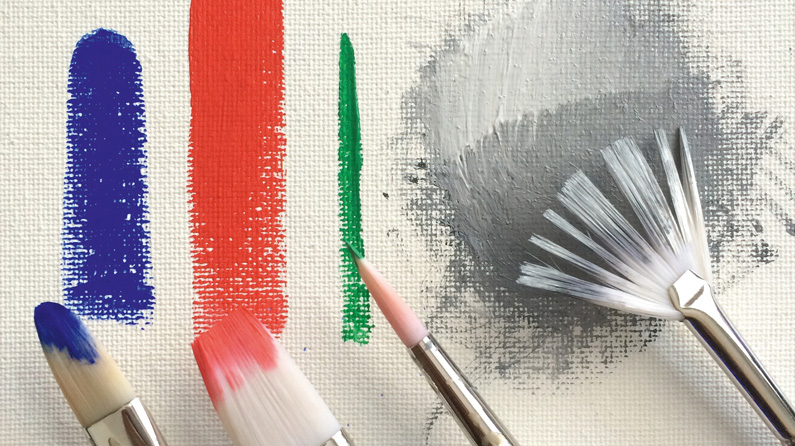
If you want your acrylic paintings to really shine, having the right brushes makes all the difference. Acrylics are a fantastic medium: they’re more affordable than oils, dry quickly so you can layer faster, and pack vibrant colors that stay true even after they dry. But here’s the thing: not just any brush will do. You need sturdy, versatile brushes that can handle the paint without losing their shape – and that are easy to clean.
I’ve spent hours testing a wide range of acrylic brushes with different paints and techniques, checking each one for performance, durability, and versatility. After all that hands-on experience, I’ve put together a list of the very best brushes out there –options that work for beginners just starting out, as well as seasoned pros looking for reliable tools.
Once you've bought your paintbrushes, also check out our guide to best acrylic paints and the best easels to complete your kit or see this year's Black Friday art supply deals for some bargains.
Alternatively, if you want to use other media too, see ur recommendations for the best watercolour pencils and read our comparison of acrylics vs oils too.
The best acrylic paintbrushes
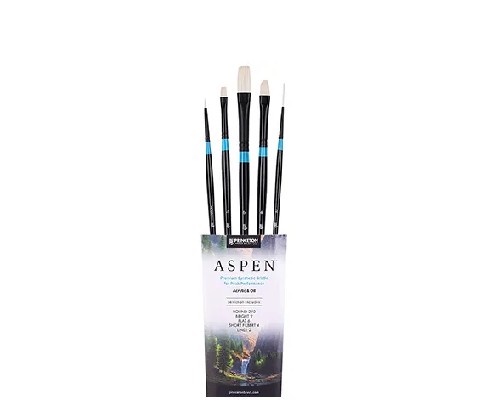
Quality: professional
Firmness: very firm
I find these excellent synthetic substitutes for hog hair to be very springy and much firmer than others while not as scratchy as hog. They feel smoother laying down paint. These are likely to leave brushstrokes, making them the best acrylic brushes for a textured approach, and they're robust enough to handle heavy paint and mediums and expressive brushwork.
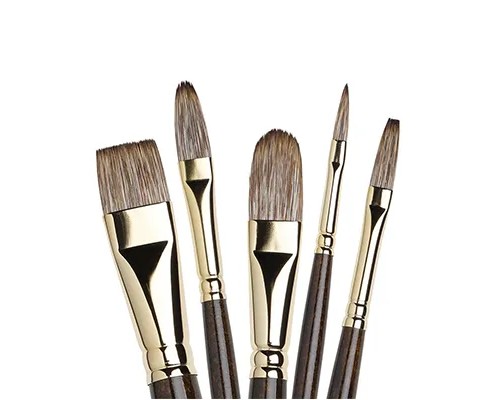
Quality: professional
Firmness: quite soft
These synthetic brushes do a good job of emulating mongoose hair. They have a little extra firmness, which helps push thicker paint around, but they're still quite soft. The bristles are tightly packed, holding their shape well, which results in a nice, crisp edge. I find these to be the best acrylic paintbrushes for responsive blending and detail work.
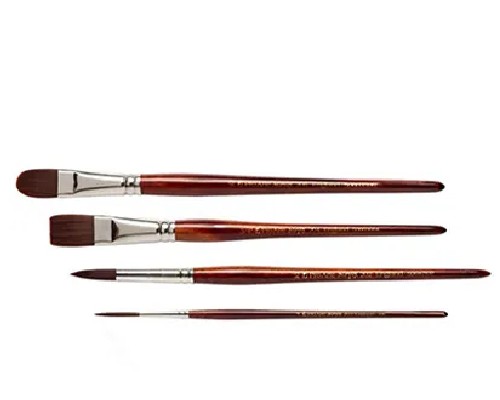
Quality: intermediate
Firmness: medium
This solid, mid-range brush is a little firmer than most but soft enough to blend well. They have a smooth feel, rather than springy and don't leave much of a stroke. The tip comes to a fine point and holds its shape. They're also surprisingly good at holding paint, which combined with the long handles, helps to pull longer strokes with precision.

Quality: intermediate-professional
Firmness: medium
Though aimed at watercolourists, these are robust enough as paintbrushes for acrylic paint. They're a little firmer than most synthetic brushes, but still flexible and come to a fine point – excellent for adding fine details. For their price, this range runs a little on the small side, but they're quite hardwearing, and the large sizes hold their shape especially well.
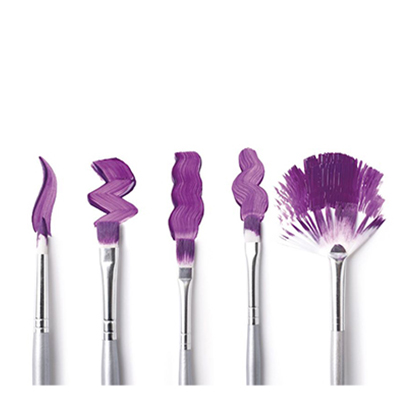
Quality: student
Firmness: quite soft
These have a more professional feel than most student acrylic brushes. They have a long handle – useful for more expressive mark-making and the bristles are quite soft for a smooth application of paint. This makes them less suitable for use for textural work with very thick paint or mediums. Over time they can start to lose shape.

Quality: student
Firmness: quite soft
These brushes are a great cheap-and-cheerful option for anyone starting. A decent choice for clean strokes, the bristles are quite soft, and the soft grip is comfortable to hold. Whilst they don’t hold as much paint as other brands, they typically come back to a decent point after cleaning, and they're flexible enough to feel quite responsive.
FAQs
What brush should I use for acrylic paint?
Generally, the best paintbrushes for acrylic paint are synthetic rather than natural brushes since synthetic brushes are tougher, so they can cope better with the medium. All of our choices above are synthetic – though some emulate the feel of natural hair but offer a firmer brush.
When working with acrylics, we recommend using a selection of different shape and size brushes. For example, large brushes are useful for applying broad areas of colour quickly. Brush texture is worth considering too. Soft brushes suit blending and produce a smoother paint surface, while firmer brushes leave expressive marks and produce more textured effects.
How should I clean my acrylic paintbrushes?
It's important to clean your brushes thoroughly after use. Acrylic paints can be particularly hard on paintbrushes and they're difficult to clean off once dry. Whilst a lot of brushes suitable for oils work with acrylics, both are hard on brushes in different ways. Cleaning undiluted acrylic paint from brushes is similar to oil paint, but you just use water rather than spirit or oils.
Clean off as much paint as you can using a clean cloth or paper towel by wrapping the cloth around the ferrule of the brush and squeezing it with your thumb and forefinger. Work up towards the end of the bristles and repeat as many times as you need. You can use water in a jar or brush washer to clean as much paint as you can from the bristles, and then use a brush cleaner for a thorough clean (see our complete guide to how to clean paintbrushes for recommendations).
How often should I replace my acrylic paintbrushes?
Brushes don't last forever, and will eventually need to be replaced. However, with proper care, your acrylic paintbrushes can last for years. So it's less a question of how long you should leave it and more about keeping an eye on the state of your brush. Signs that your paintbrushes need to be replaced include split or frayed bristles, loss of elasticity and difficulty holding paint.
How should I store my acrylic paint brushes?
Storing your acrylic paint brushes carefully will help to maintain their shape and lifespan. Upright brush holders with breathable mesh or compartments will allow them to air-dry properly and prevent the bristles from bending. When storing brushes for long periods, breathable mesh sleeves can protect them from dust and maintain their shape.
Should I wet my acrylic brushes before painting?
You don't need to wet your acrylic brushes before painting. But it's often useful to do so. A wet brush will absorb the paint more readily, allowing for smoother application and better control over brushstrokes. It also means you can paint with fewer brushstrokes, preventing drag and creating cleaner lines, especially with washes and finer details.
Natural bristles, especially stiffer ones like hog hair, particularly benefit from being dampened because it makes them more pliable and easier to control.
However, there are situations where a dry brush might be preferable. For example, when you're applying thick layers of paint (what's called an impasto effect), a dry brush helps retain the texture of the brushstrokes. Dry brushing is also a specific technique where a nearly dry brush is used to lightly add highlights or create textured effects. Additionally, dry brushing makes it easier to control water dilution when working with washes or blending.
Ultimately, then, whether wet your acrylic brushes before painting depends on what kind of outcome you're looking for. And it's worth experimenting with both wet and dry brushes to see what works best for your artistic goals.
What brand is best for acrylic paintbrushes?
There are many, but I love Winsor & Newton and Pro Arte for the balance of quality, price and the product range. Saying that, all of the brands I've listed here are solid choices and are worth exploring.
How to choose the best acrylic paintbrushes
When you're choosing the best acrylic paintbrush for you, there are a couple of key factors to consider. First, pay attention to the bristles. Acrylic paint can be hard on brushes as its texture means it's tricky to clean off once dry, and if you want your brushes to last you'll want to make sure they're easy to clean. So although you can buy brushes with natural hair, the best brushes for acrylic paint are normally synthetic because they're tougher.
Also, think about shape and size. Flat brushes are great for covering large areas and applying base coats. Round brushes are a good choice for details, blending, and controlled lines. Filbert brushes (flat with rounded edges) are useful for blending and creating smooth curves. Angle brushes are ideal for sharp lines and edges, whereas fan brushes are good for creating textured effects and foliage.
How we test the best acrylic paintbrushes
In this guide, I've selected the best acrylic paintbrushes based on my own experience as an artist. I've tested each of these brush options with a range of acrylic paints and different approaches to evaluate their performance, durability, and versatility. Based on my testing, I've picked out the options above that I think are suitable for artists with different levels and styles.
Daily design news, reviews, how-tos and more, as picked by the editors.

Lancelot Richardson is an artist, painter, and freelance illustrator based in Brighton, UK. He tutors life drawing at independent art school Draw Brighton, and teaches in their online Patreon courses. He is also a freelance writer, producing articles on art and drawing. He works in both traditional and digital mediums.
